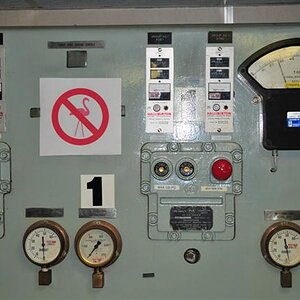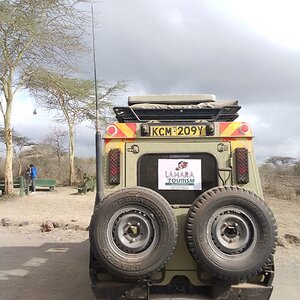puyjapin
TPF Noob!
- Joined
- Nov 5, 2008
- Messages
- 759
- Reaction score
- 0
- Location
- Warwickshire UK
- Can others edit my Photos
- Photos NOT OK to edit
OK, ive ordered understanding exposure for some bed time reading...
Is metering something used in full manual mode or only aperture and shutter mode. I am of the assumption that when in aperture priority the shutter speed varies according to the amount of light coming in, thus if i wanted to expose something differently i would point the camera at a lighter or darker area, then lock that exposure...which is metering ??
when i use full manual mode as the shutter and aperture are both set and fixed what would the effect of pointing the camera at a lighter or darker area do as there is no exposure to lock as it is fixed. Can someone explain as I think i still have this all arse about face... thanks
:er:
Is metering something used in full manual mode or only aperture and shutter mode. I am of the assumption that when in aperture priority the shutter speed varies according to the amount of light coming in, thus if i wanted to expose something differently i would point the camera at a lighter or darker area, then lock that exposure...which is metering ??
when i use full manual mode as the shutter and aperture are both set and fixed what would the effect of pointing the camera at a lighter or darker area do as there is no exposure to lock as it is fixed. Can someone explain as I think i still have this all arse about face... thanks
:er:


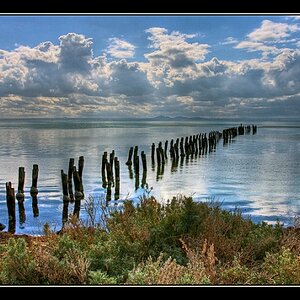
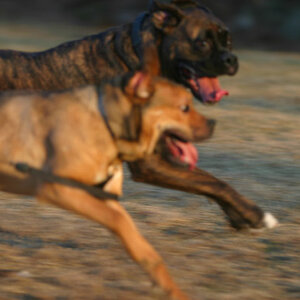
![[No title]](/data/xfmg/thumbnail/31/31014-6b1a572624824b852f5adaf3594767af.jpg?1619734569)
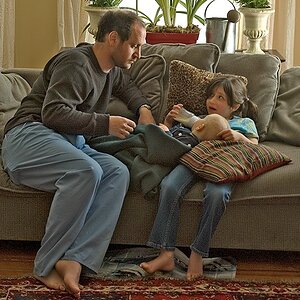
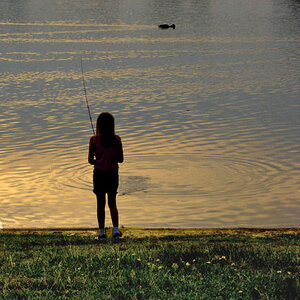
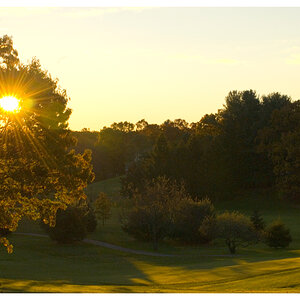
![[No title]](/data/xfmg/thumbnail/31/31013-b871f1d295c83b831c1423028e1ce5dc.jpg?1619734568)

